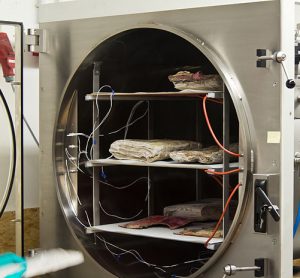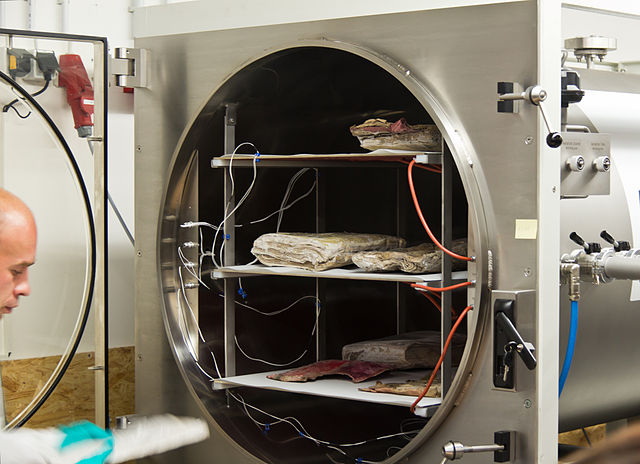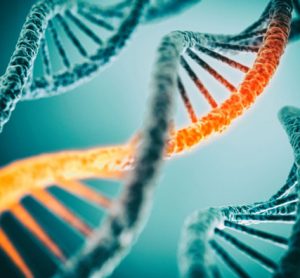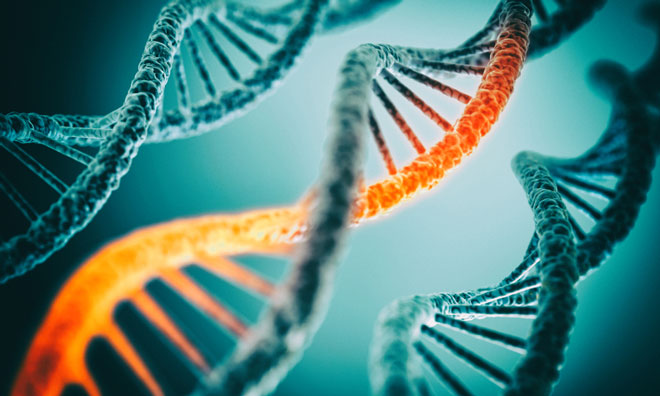Real-time polymerase chain reaction – towards a more reliable, accurate and relevant assay
3 December 2008 | By
The fluorescence-based quantitative real-time polymerase chain reaction (qPCR)1,2,3 has become firmly established as the preferred technology for the detection and quantification of nucleic acids in molecular diagnostics, life sciences, agriculture and medicine4,5.








